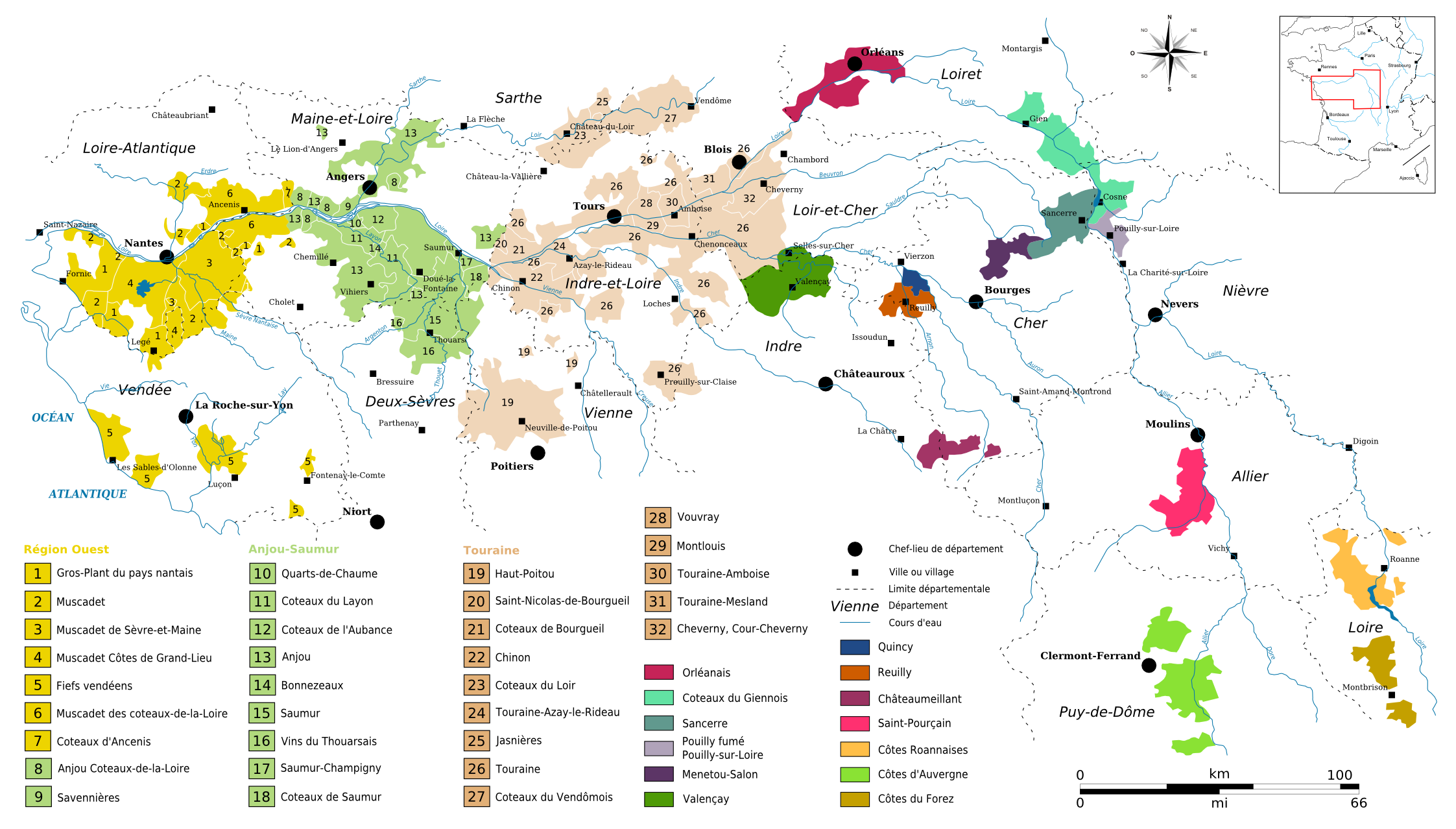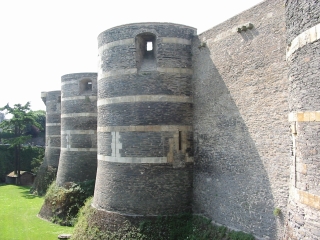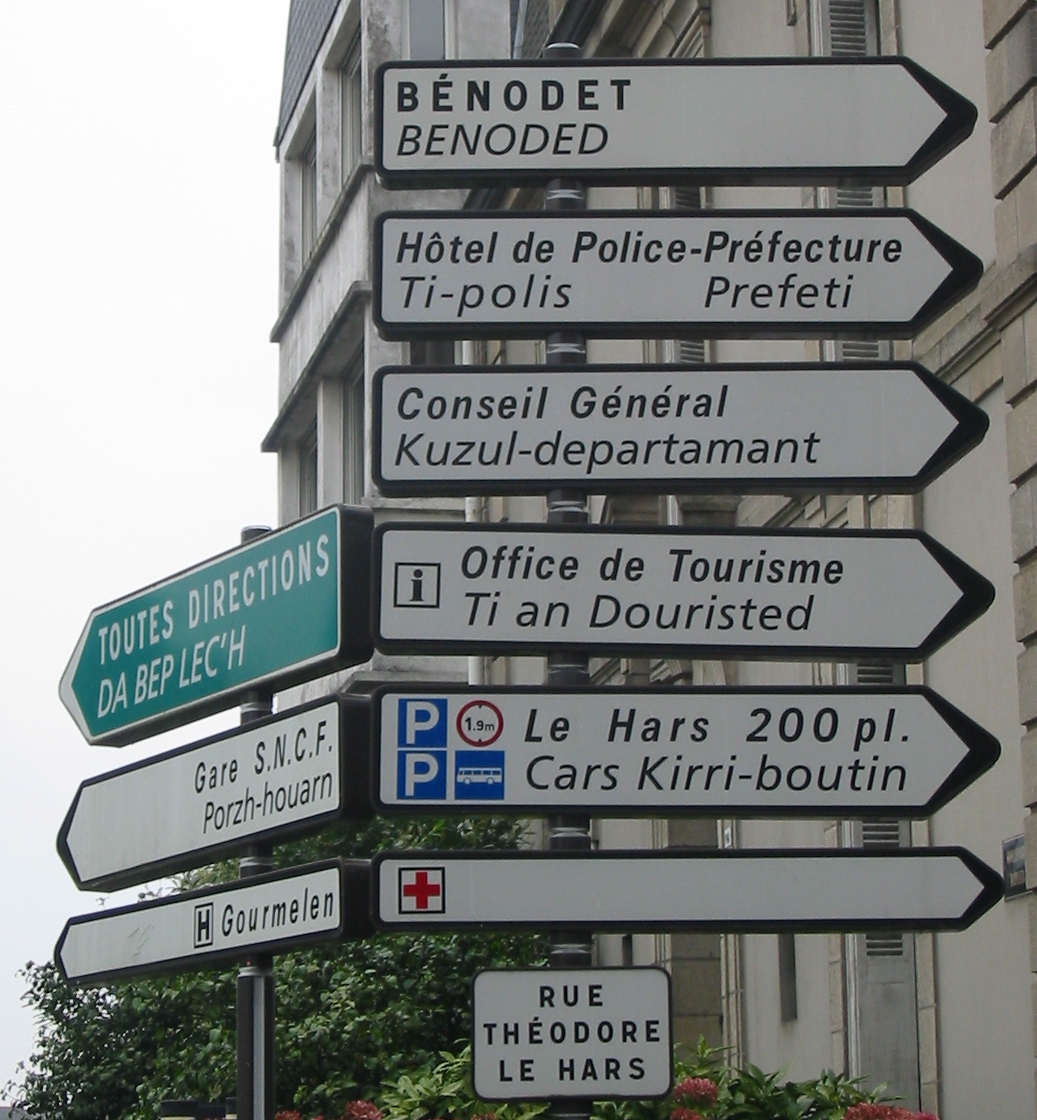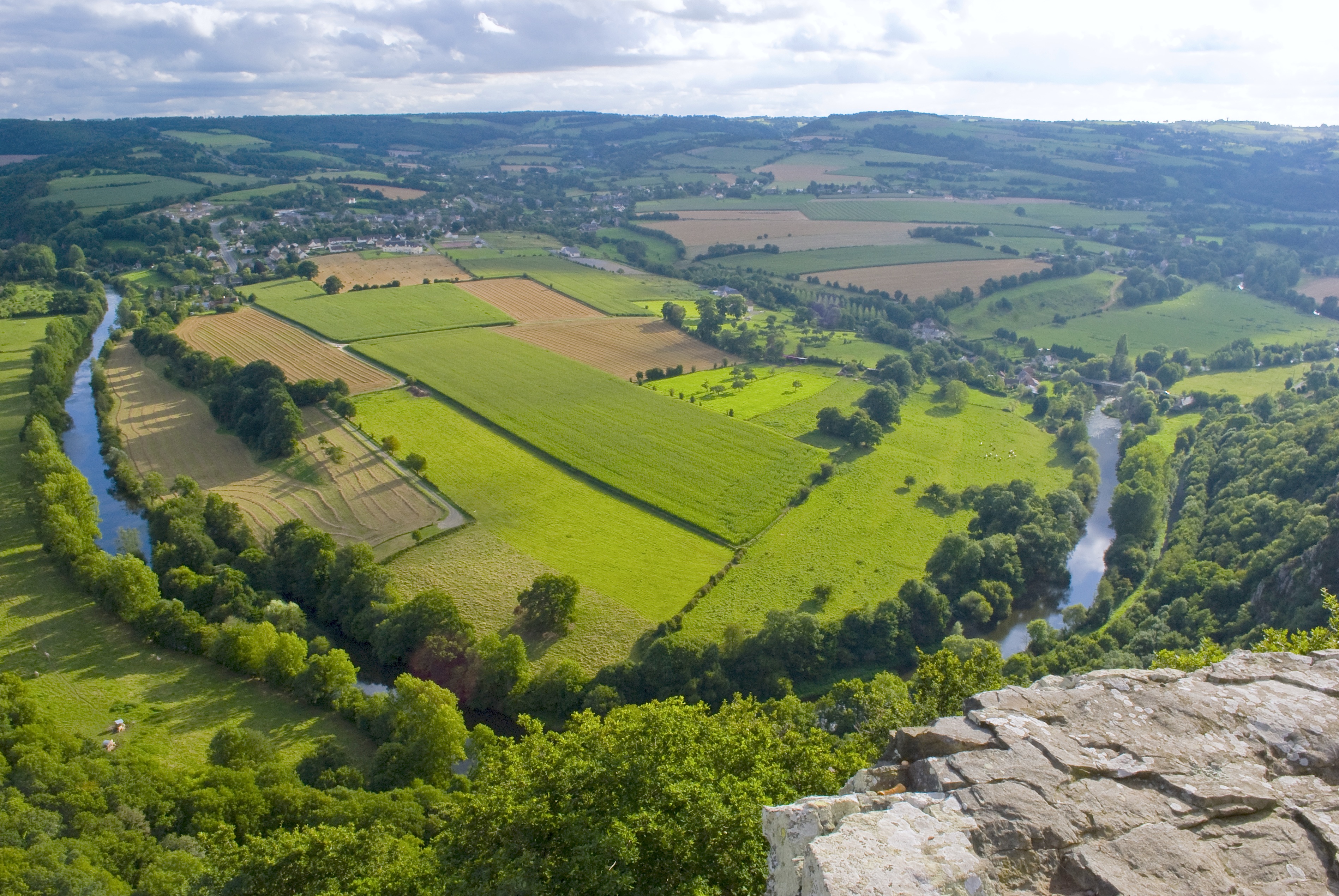Before you read our blog post, please take a moment to read this news about biodiversity. It’s far more important than anything we have to say.

This week and next, our pretend tour de France takes us to the Centre-Val de Loire region, otherwise known as the upper Loire Valley. This area southwest of Paris is the France of picture books and legends. And we are “visiting” at a significant anniversary.
Unlike many other regions, the Centre Val-de-Loire region is not a historic province; it is, as its name perhaps implies, the heart of historic France, the area between the Paris region and the Loire valley that was for many centuries the centre of the kingdom of France – at times when the territory which is today known as France was divided among the kingdoms or duchies of Normandy, Burgundy, Aquitaine, Anjou and others less important. In this respect, the regions of the Centre and the Ile de France are France.
https://about-france.com/regions/region-centre.htm
This region nourished by the Loire River has been an important European center since at least the Roman era. Often called the “garden of France” for its lush agricultural lands that have yielded abundant crops as well as spectacular wines, the Loire Valley is a UNESCO World Heritage site.

Most of the region’s claim to fame was established during the Renaissance, when French kings brought their courts from Paris to get away from it all. Yeah, even back then that was a thing. The nobility and hangers-on who accompanied the court built elaborate chateaux, or castles, that make the Loire Valley one of France’s most popular destinations.
The Loire Valley has so many chateaux that you would probably need many years, if not a lifetime, to adequately visit them all. But if you want to try, right now is the perfect time to get started.

Just a few days ago, on May 2, Italian President Sergio Mattarella joined French President Emmanuel Macron in the Loire Valley to mark the 500th anniversary since the death of Leonardo da Vinci. The great Italian painter and inventor lived his last years in Amboise at the invitation of French king Francois I. He died and was buried there. Many events are planned in the region this year to celebrate 500 years since the Renaissance.
One of our favorite movies fictionalizes Leonardo’s time in France. Ever After, a somewhat feminist retelling of the Cinderella story starring Drew Barrymore, has Leonardo in the role of the fairy godmother. It was filmed in the Dordogne, not the Loire, and there is no historical evidence that Leonardo performed any matchmaking services while in France, but it is still a delightful film.
If you want to read a biography of the greatest of Renaissance men, Walter Isaacson’s best-selling Leonardo da Vinci is now in paperback.
Leonardo is one representative of French-Italian relations during the Renaissance. The women from the de Medici family of Florence who became French queens may have been the most significant members of that dynamic.

But did you know that Scottish history is also deeply interwoven with the French? One historian claims the Auld Alliance between the two countries may never have formally ended. Among the fruits of this alliance was the sheltering of the young Mary, Queen of Scots in the French court. If you enjoy historical fiction, I highly recommend the second book in Scottish author Dorothy Dunnett’s series known as the Lymond Chronicles, Queen’s Play. Much of the action takes place in the villages and chateaux (and once on the rooftops!) of the Loire Valley, where our hero has engaged in an elaborate intrigue to protect his child queen.
Another fruit of this connection involves whisky and wine, but we’ll get into that next week.
For now, enjoy these photos of some of the châteaux in the Loire Valley, courtesy of wiki commons.
















































